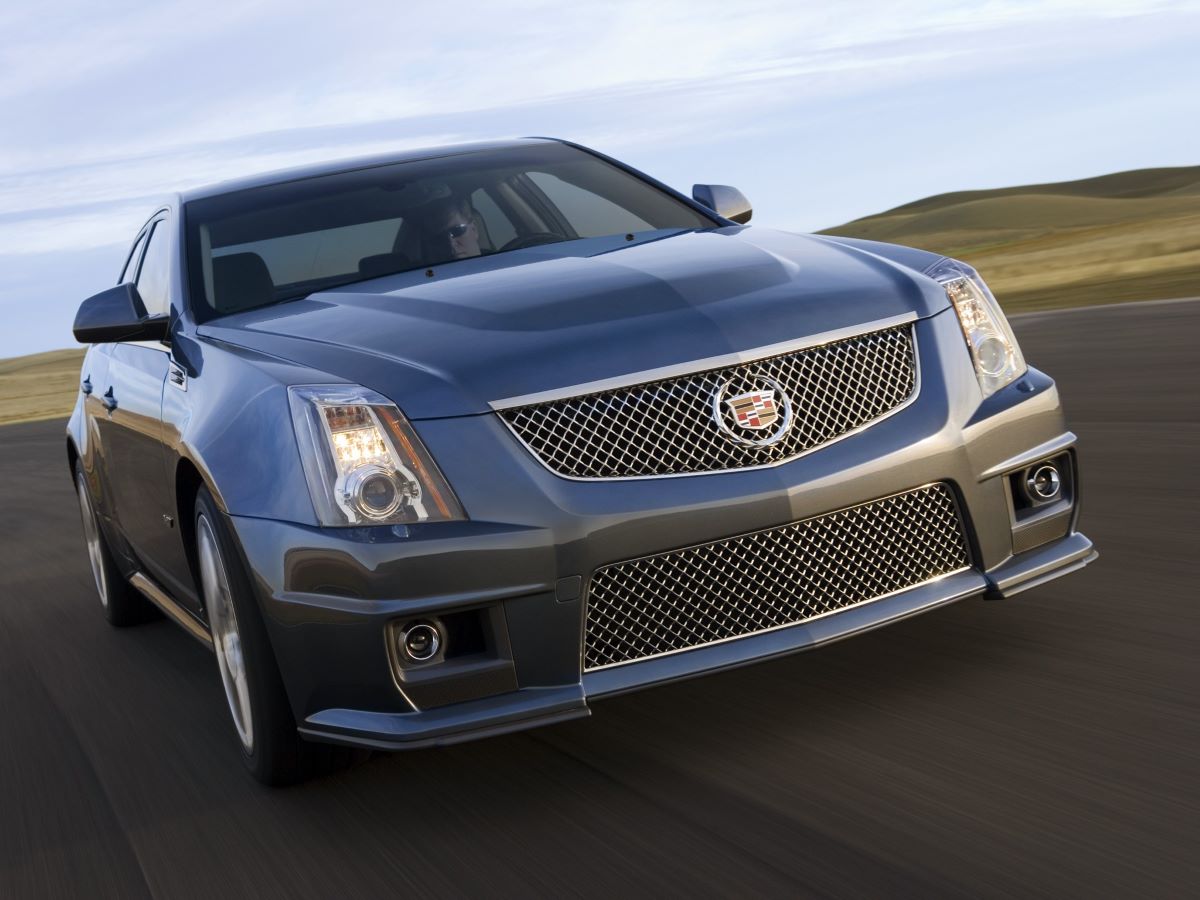Cadillac, a cornerstone of American automotive luxury, has gone through numerous transformations. Once known exclusively for large, floaty sedans, the brand has since expanded into crossovers, high-performance models, and tech-forward interiors.
While Cadillac has built its legacy on prestige and comfort, reliability has been a mixed bag. Some models quietly deliver long-term dependability, while others become recurring guests at the repair shop.
Cadillacs That Surprise With Reliability
For American drivers considering a used Cadillac, knowing the difference can save thousands in maintenance costs.
1. Cadillac CTS (2008–2013)
The second-generation CTS impressed critics and owners alike with its sharp handling, bold styling, and surprisingly strong reliability for a luxury sport sedan.
Equipped with either a V6 or the high-performance CTS-V’s supercharged V8, this model held up well over time particularly when regularly maintained.
Owners report minimal major drivetrain issues and solid electronics, a rarity among luxury brands in that era. It’s one of Cadillac’s few models that competes with German rivals without the dreaded repair bills.
When Cadillac introduced the original CTS luxury sport sedan in 2003, it marked a turning point for what had long been America’s traditional luxury brand.
With its bold “art and science” design philosophy and sport-tuned chassis, the CTS signaled Cadillac’s intent to compete with the world’s best. While it proved competent and generally well-rounded, the CTS never quite achieved parity with the top-tier imports in its segment.
Its larger footprint and somewhat upright proportions translated into more passenger space compared to most European and Japanese rivals, but they also undermined the kind of sharp, athletic feel that defined leaders like the BMW 3 Series.
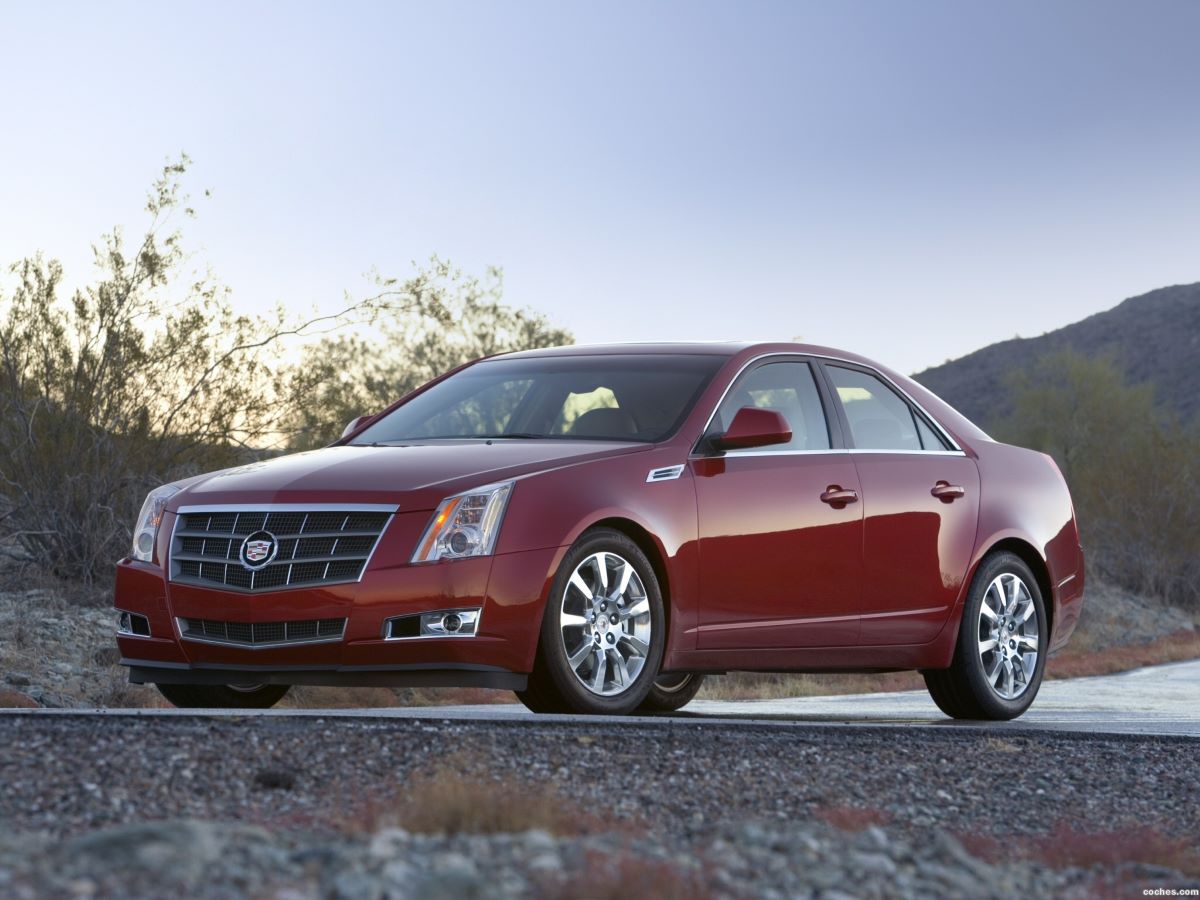
On top of that, the interior, plagued by cheap plastics and a lack of refinement, was nowhere near the upscale standard set by luxury benchmarks such as the Audi A4 or BMW 3 Series.
The arrival of the thoroughly revamped 2008 Cadillac CTS addresses nearly every shortcoming of the earlier model. The original may have pushed the envelope visually, but it lacked the polish and luxurious detailing that the new version brings both inside and out. This latest iteration introduces revised exterior styling that leans more toward “artistic” and less toward “scientific.”
While the overall dimensions stay close to those of the outgoing model, an extra 2 inches of track width grants the car a noticeably more grounded and assertive look. That muscular stance is enhanced by aggressively sculpted fender flares and a bold new grille inspired by the Cadillac Sixteen concept vehicle.
Step inside, and it’s clear the cabin has undergone a significant upgrade in both design and materials. Cadillac now offers buyers the choice between sophisticated carbon-fiber or genuine wood trim, both surrounding a center stack and console accented in aluminum. Polished metallic details also elevate the appearance of the gauges, major controls, and dash vents.
The result is a refined, modern space that avoids the trap of feeling cluttered or overwrought. Rear-seat occupants benefit too, with more than an inch of added legroom made possible by thinner front seatbacks.
As much as the new CTS caters to its passengers, the real revelation comes behind the wheel. Thanks to extensively revised suspension tuning and new engine options, the driving experience is dramatically improved.
Cadillac’s chassis engineers put in serious time at Germany’s legendary Nürburgring circuit, and that effort pays off in the composed and responsive character of even the base suspension.
For those craving more dynamic performance, two available sport suspension packages turn up the excitement even further.
Also Read: Top 10 Cars With Zero Factory Recalls Over The Years
2. Cadillac XTS (2013–2019)
Often overlooked, the XTS was Cadillac’s full-size front-wheel-drive luxury sedan that catered to comfort-oriented buyers.
Powered by the reliable 3.6L V6, this model impressed with few major mechanical issues and long-lasting transmissions.
Fleet and livery use especially airport shuttles and executive cars proved that this Cadillac can rack up hundreds of thousands of miles when properly serviced. It may not be exciting, but it’s a quiet workhorse.
Judging by the styling and on-road character of the 2013 Cadillac XTS, it’s clear Cadillac has left behind its past image as a manufacturer of overly soft, floaty sedans.
Built on the same platform that revitalized the Buick LaCrosse, the completely redesigned XTS aims to bring Cadillac’s bold, modern aesthetic further up the model range by stepping in for the now-retired DTS and STS sedans.
While Cadillac maintains that the XTS isn’t meant to be its ultimate flagship, that model is still in the pipeline to take on the best from Germany, this new sedan currently stands at the top of the brand’s lineup, representing how far Cadillac has come in redefining itself from conservative to contemporary in just ten years.
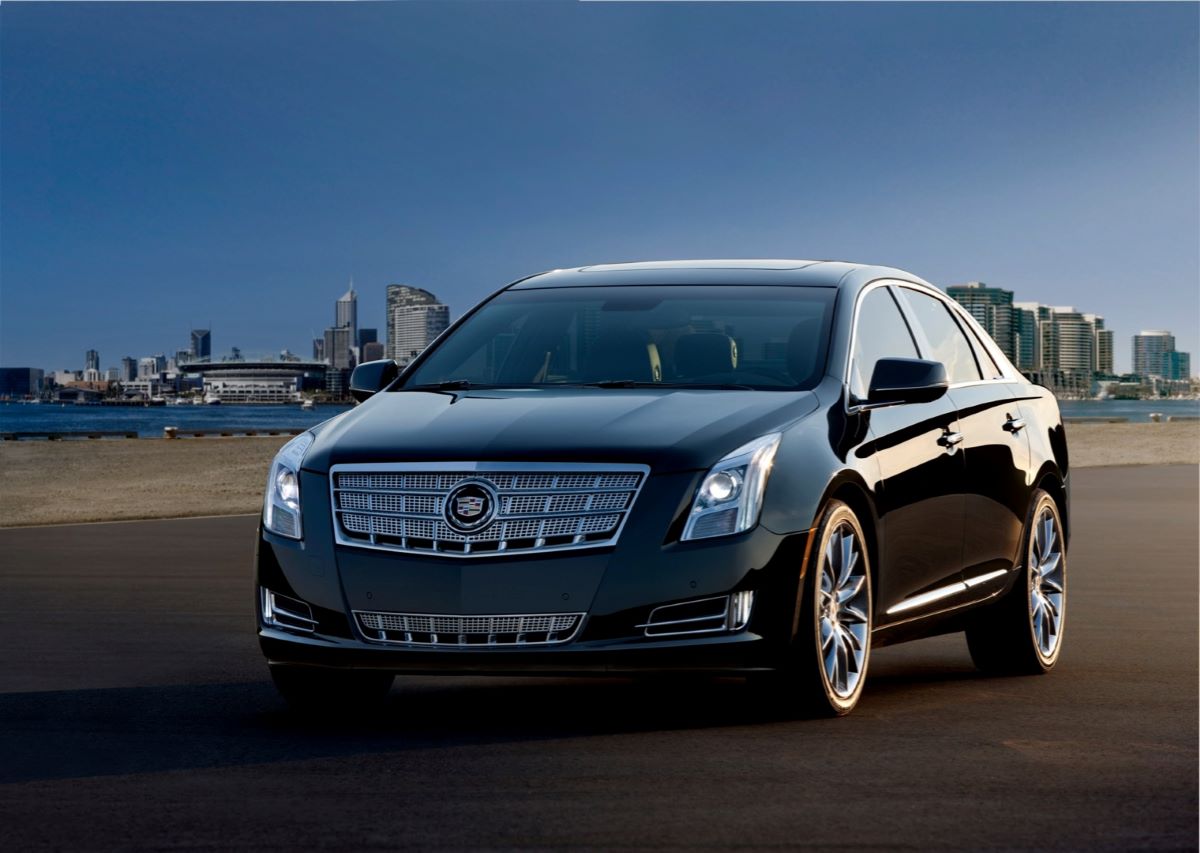
From the outside, the XTS showcases Cadillac’s latest design language with its wide, assertive grille, signature vertical lighting elements at both ends, and angular, sharply defined body lines. Inside, the cabin leans into modern luxury through its use of aluminum, wood, and leather.
However, it does boast an estimated 28 mpg on the highway, which is impressively efficient for a car of its size. The XTS is also available with an all-wheel-drive system to enhance grip and handling in adverse weather conditions.
Feature-wise, the XTS arrives well-outfitted from the outset. Even the base model includes adaptive suspension dampers, xenon headlights, leather seats, and dual-zone climate control.
Safety also receives significant attention: an available technology package includes multiple advanced monitoring systems and a unique driver’s seat that vibrates on either side as a tactile alert if the XTS’s radar sensors detect a drifting lane change or a possible sideswipe scenario.
3. Cadillac SRX (2012–2016 facelift)
The first-generation SRX had issues, but the second-generation SRX especially post-refresh in 2012 saw notable reliability improvements.
The 3.6L V6 and updated electronics performed better than earlier models, and many drivers report owning SRXs well past 150,000 miles with minimal drama.
As a midsize luxury crossover, it provides good value for families wanting a used Cadillac with a track record of durability.
Choosing an engine for the 2013 Cadillac SRX is straightforward, as all versions come equipped with the same 3.6-liter V6. This powerplant delivers 308 horsepower and 265 pound-feet of torque, paired exclusively with a six-speed automatic transmission.
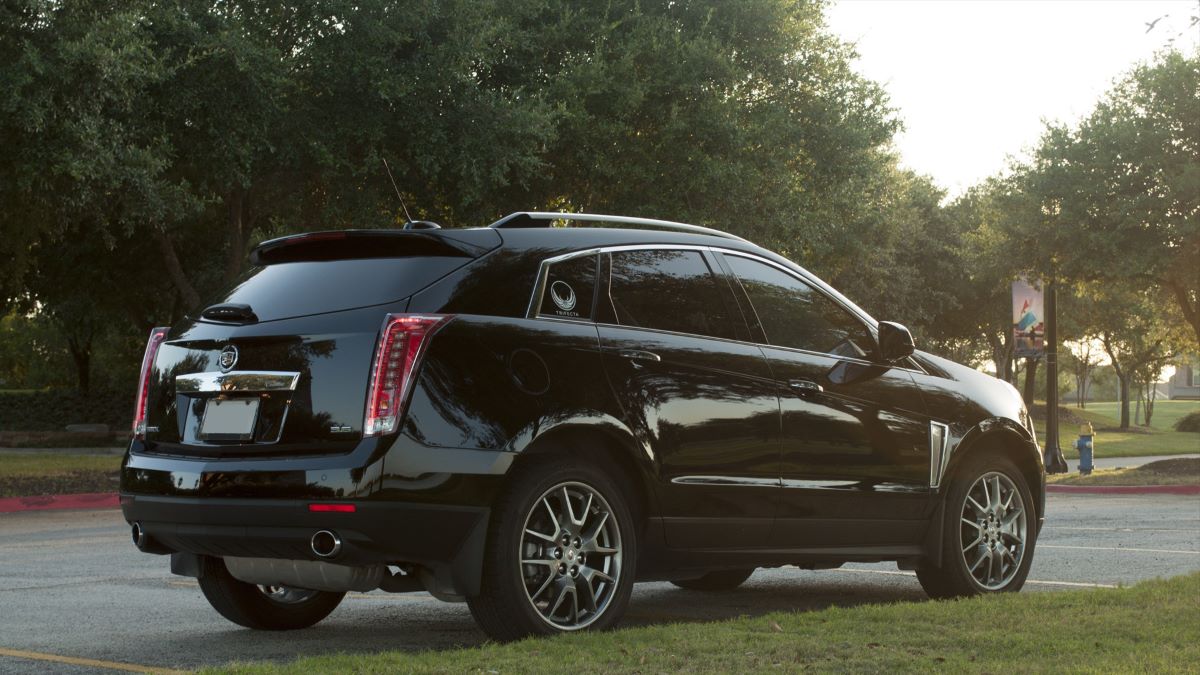
Front-wheel drive comes standard across the lineup, while all-wheel drive remains an option for any trim level. The vehicle accelerated from zero to 60 mph in 7.1 seconds—a result that lands right in the middle of the pack for compact luxury crossovers.
When it comes to fuel efficiency, the SRX’s weight takes a toll, leaving it slightly behind the segment average. According to EPA estimates, front-drive versions return 17 mpg in the city, 24 mpg on the highway, and 19 mpg combined.
All-wheel-drive models drop slightly to 16/23/18. Cadillac does include a switchable Eco driving mode, which the company claims can enhance fuel economy by as much as 1 mpg.
4. Cadillac CT6 (2016–2020)
Though short-lived, the CT6 is Cadillac’s modern full-size flagship that actually got a lot right.
It introduced cutting-edge features like Super Cruise and lightweight architecture while maintaining a relatively low problem rate, especially in non-turbocharged V6 variants.
While turbocharged 2.0L and twin-turbo V6 models may require more vigilance, the standard powertrains have proven to be quite robust.
As you’d expect, the CT6’s engines improve as their horsepower ratings climb. That means the base turbocharged 2.0-liter four-cylinder ends up being the least engaging of the lineup, while the twin-turbocharged 3.0-liter V-6 stands out as the most impressive.
Falling somewhere in the middle are the naturally aspirated 3.6-liter V-6 and the plug-in hybrid, though it’s worth mentioning that all the gasoline engines are paired with an eight-speed automatic transmission that lacks smoothness at lower speeds. Cadillac is in clear need of more robust powertrains to match up more effectively with its rivals.
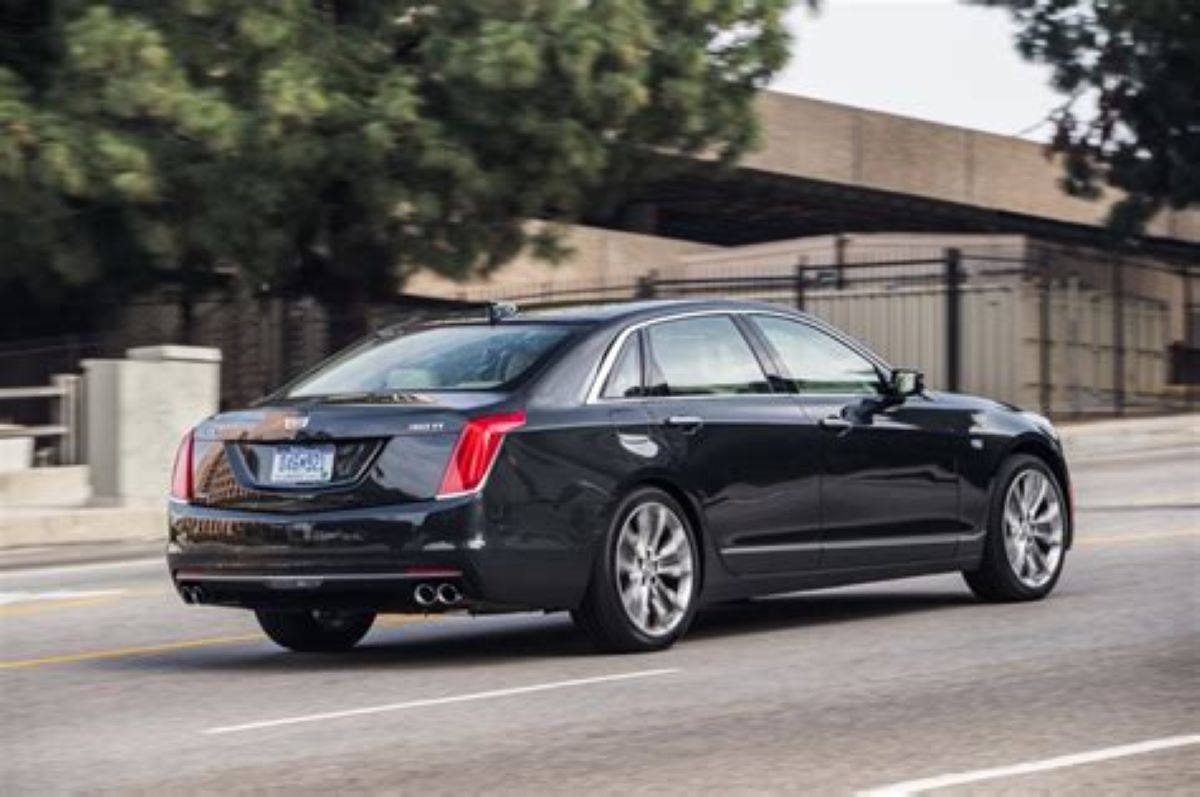
Case in point: in testing, the twin-turbo V-6 CT6 just barely outpaced the base six-cylinder BMW 7 Series in a 0–60 mph run, despite having an 84-horsepower edge and weighing less.
When it comes to engine sound, only the V-6 options provide an aurally pleasing experience. The four-cylinder and hybrid variants tend to “moo their way up to speed.”
As for the CT6 plug-in hybrid (PHEV), it can be charged via a standard 120-volt outlet or a faster 240-volt connection. A full charge takes at least nine hours using standard household current, but only about four to five hours with a 240-volt setup.
Handling and braking are standout qualities for the CT6, offering an engaging and rewarding drive even if the raw numbers at the track aren’t chart-topping.
Also Read: 5 Vehicles with the Best Resale Value in 2025 vs 5 with the Worst Depreciation
5. Cadillac DeVille (2000–2005)
Despite being a relic of Cadillac’s old-school luxury days, the early-2000s DeVille particularly with the Northstar V8 after updates earned a reputation for solid dependability in its later years.
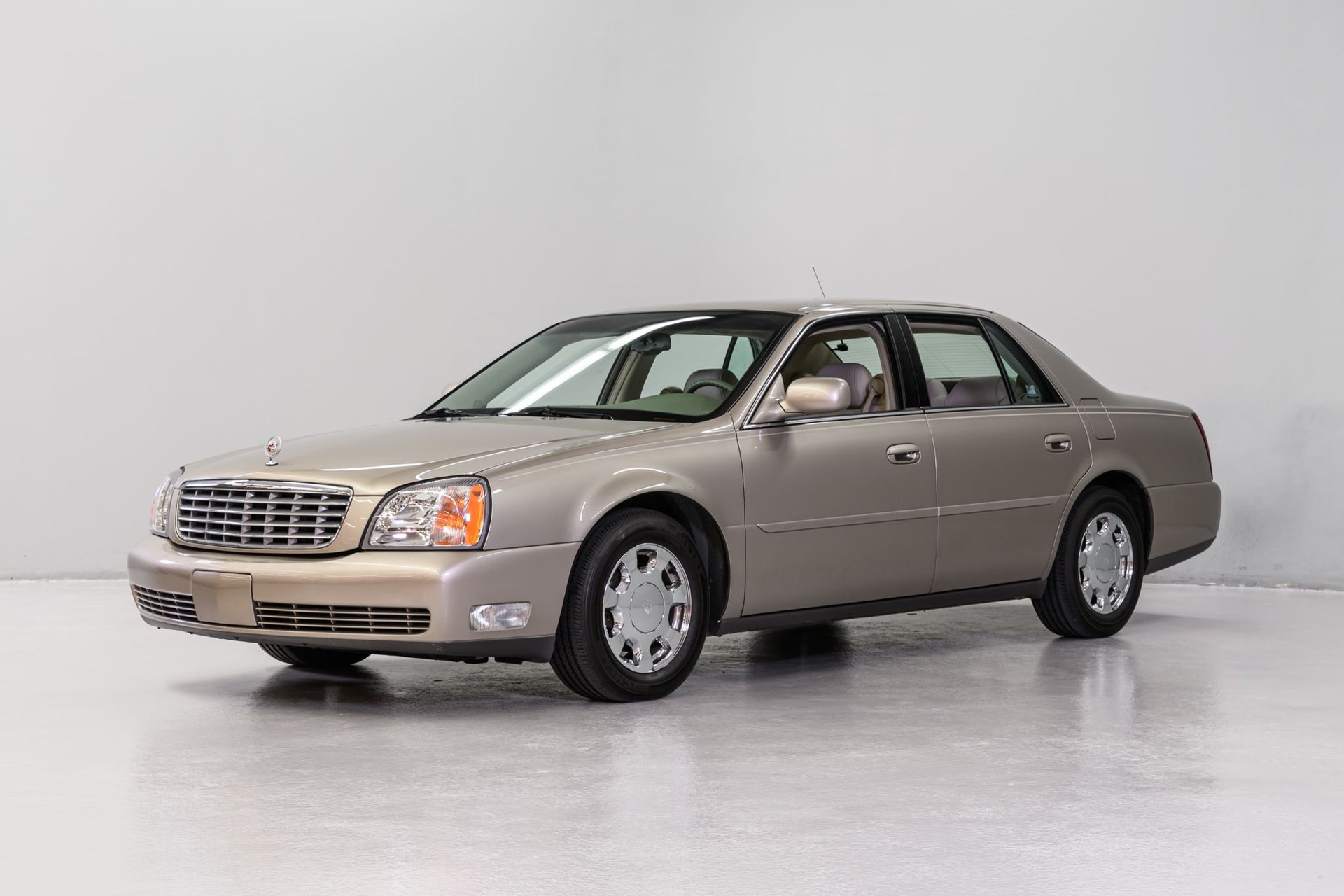
Cadillac addressed many earlier head gasket and cooling system issues by this generation. Owners often praise it as a durable, smooth cruiser that’s relatively easy to service compared to newer models laden with tech.
Cadillac’s DeVille marked its 50th year on the market last year with a fully redesigned model and the rollout of several innovative, high-tech features.
While the latest generation DeVille carries forward a familiar design evolution, it’s over 2 inches shorter and narrower than the model it replaces, lending it a slightly sleeker and more refined appearance.
Cadillac offers the DeVille in three trims: the standard DeVille, the upscale DeVille High Luxury Sedan (DHS), and the sportier, five-passenger DeVille Touring Sedan (DTS).
For this model year, one notable upgrade is the availability of an optional tire pressure monitoring system. Additionally, Cadillac’s Northstar V8 engine has now achieved low-emission vehicle (LEV) certification for all 50 states.
Among the DeVille’s standout innovations is Night Vision, the first use of thermal-imaging technology in a production car. This system enhances a driver’s ability to detect hazards far beyond the reach of conventional headlights, helping prevent potential collisions.
Another notable first for the DeVille is the Ultrasonic Rear Parking Assist system, which employs four sensors to aid drivers during parking maneuvers. The sedan also features StabiliTrak 2.0—an advanced iteration of GM’s widely praised stability control system.
This version includes enhancements like active steering effort compensation, which adds resistance to the steering during abrupt maneuvers, and side-slip-rate control, allowing the system to respond to traction loss at any wheel by subtly applying the front brakes to help the driver regain command.
Cadillacs That Are Reliability Nightmares
From persistent mechanical gremlins to electrical headaches and drivetrain disasters, these Cadillacs have caused more than a few owners to question their loyalty to the crest-and-wreath.
Whether it’s poor engineering, rushed production, or outdated tech, the following models stand out, not for excellence, but for the sheer frustration they’ve delivered over time.
1. Cadillac Catera (1997–2001)
A badge-engineered Opel Omega imported from Germany, the Catera is often remembered as “the Caddy that zigs” but it didn’t zig very far.
Plagued by electrical gremlins, engine issues, and a weak transmission, the Catera was an underwhelming attempt to appeal to European-luxury buyers.
The entry-level luxury sedan segment now represents nearly 40 percent of all luxury car sales in the U.S.—a sharp increase from just 25 percent five years ago. Yet despite this rapid growth, Chrysler, Lincoln, and Cadillac have traditionally been slow to respond to the evolving preferences of luxury buyers.
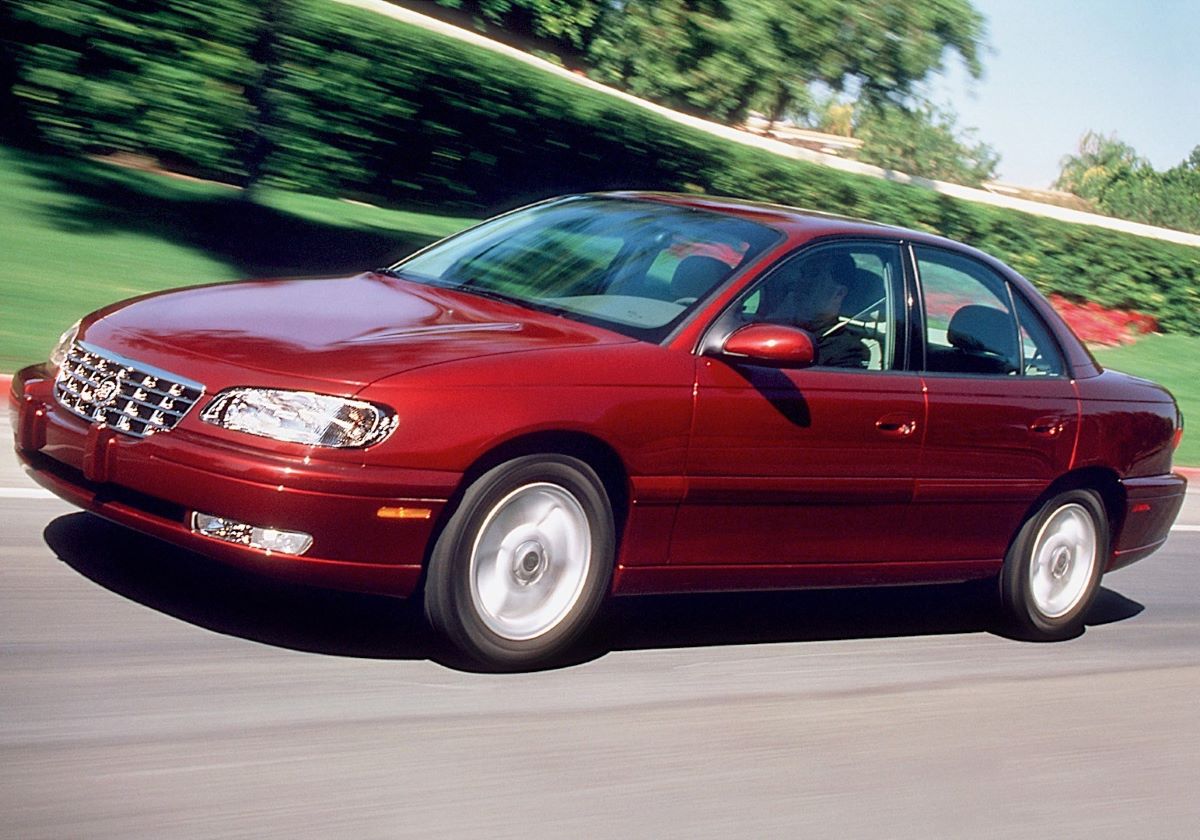
In stark contrast, brands like Lexus, Infiniti, Audi, and BMW have aggressively pursued this market with stylish, performance-oriented sedans and consistently excellent customer service.
While overseas manufacturers delivered models like the ES300, 328i, and A4, the American Big Three were still focused on the Eldorado, Continental, and New Yorker during the same period.
Cadillac has now taken the lead among domestic luxury brands in confronting the entry-level market with the launch of the 1997 Catera.
Derived from the Opel Omega MV6, the Catera is powered by a 200-horsepower 3.0-liter DOHC V6 engine, paired with a four-speed automatic transmission and rear-wheel drive. Assembled in Russelsheim, Germany, Cadillac markets the Catera as a blend of “the best of German and American engineering.”
2. Cadillac STS (2005–2011)
The STS was meant to be Cadillac’s serious contender against the BMW 5 Series and Mercedes E-Class, but it stumbled due to mechanical inconsistency.
Models with the Northstar V8 were especially problematic, suffering from oil leaks, head gasket issues, and electrical failures.
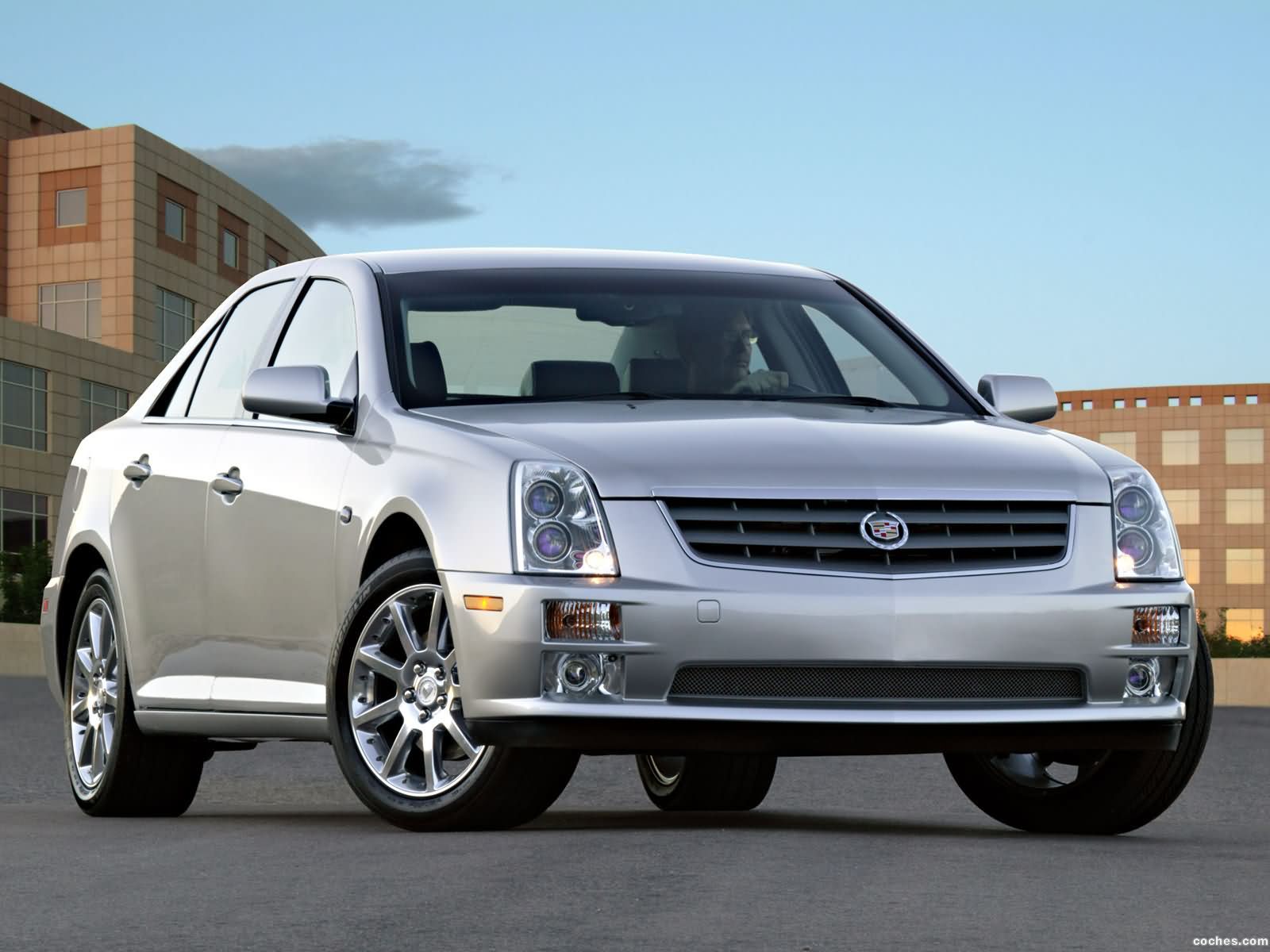
Even the V6 versions struggled with transmission and sensor-related issues, often becoming more trouble than they were worth after 100,000 miles.
After years of lagging behind foreign competition, Cadillac has finally found its rhythm and the STS is clear proof of that progress. The STS takes over for the Seville in 2006, continuing the lineage of a model first introduced in 1956 as a hardtop coupe positioned as Cadillac’s top-tier performance offering.
With a 305-horsepower V8 engine and upscale interior trim exclusive to the model, the original Seville quickly earned a reputation as one of the fastest and most luxurious cars on the road. Decades later, Cadillac redefined the Seville as a high-performance sport sedan that could stand toe-to-toe with Europe’s best offerings.
Cadillac gained major attention with its modernized design, improved build precision, and the debut of a new sport variant called the STS. The following year, the introduction of the powerful and technologically advanced Northstar V8 further solidified the STS’s place among the elite in performance luxury sedans.
A redesign in 1998 brought with it a more sophisticated suite of in-car electronics, keeping the Seville competitive for a time. However, by the early 2000s, the model’s shine had begun to fade, as European and Japanese rivals pulled ahead in both luxury refinement and driving dynamics.
3. Cadillac Escalade (2007–2014)
While popular as a status symbol and family hauler, this generation of Escalade is notorious for reliability problems.
Common complaints include magnetic ride control failures, cracked dashboards, faulty door handles, and rapidly deteriorating suspension components.
The 6.2L V8 itself is fairly stout, but it’s everything around the powertrain electronics, HVAC, infotainment that tends to fail prematurely and expensively.
The Cadillac Escalade, along with its extended ESV and fuel-conscious Hybrid variants, continues to carry its well-earned reputation as the ultimate “bling kings.” Even five years into their current product cycle, these bold, full-size SUVs still live up to that flashy image, especially in the lavish $85,000-plus Platinum edition.
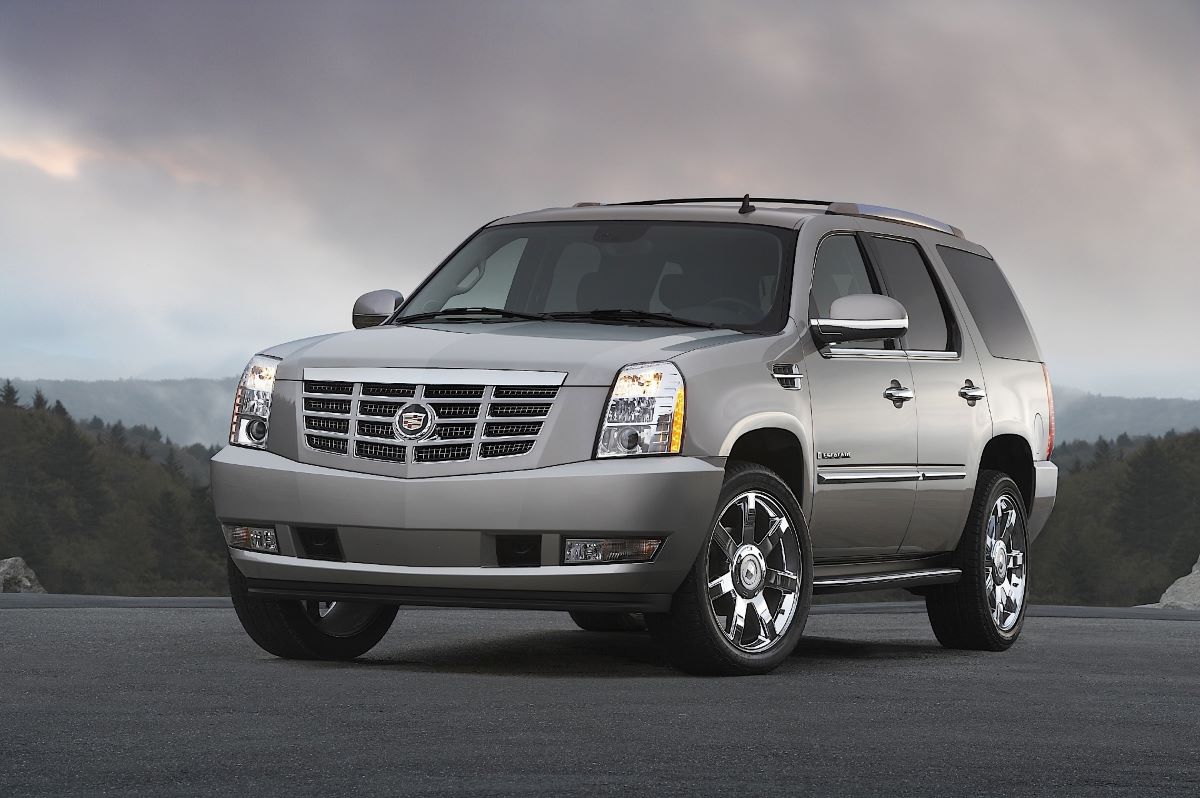
Under the hood, the standard Escalade and the longer Escalade ESV are powered by a robust 6.2-liter V-8 engine that delivers 403 horsepower and 417 lb-ft of torque. Meanwhile, the Escalade Hybrid pairs a 6.0-liter V-8 with an electric motor, producing a combined output of 332 horsepower and 367 lb-ft of torque.
All models are equipped with a six-speed automatic transmission and offer the choice of rear- or all-wheel drive. Depending on configuration, the Escalade can accommodate up to eight passengers in a leather-trimmed interior that emphasizes space and luxury.
4. Cadillac ELR (2014–2016)
Marketed as a luxurious cousin to the Chevy Volt, the ELR was a plug-in hybrid that failed to win over buyers due to its high price and lackluster performance.
Reliability wasn’t abysmal in terms of the powertrain (thanks to shared Volt tech), but the ELR suffered from poor parts availability, complicated electronics, and an ill-fated launch that doomed it to obscurity. Repairs are costly and finding specialists can be difficult.
Under the hood, the Cadillac ELR shares its primary mechanical components with the Chevrolet Volt, including a 17.1-kilowatt lithium-ion battery pack and a 1.4-liter gasoline four-cylinder engine. Cadillac estimates that the ELR can travel up to 37 miles solely on electric power, a mile less than the Volt.
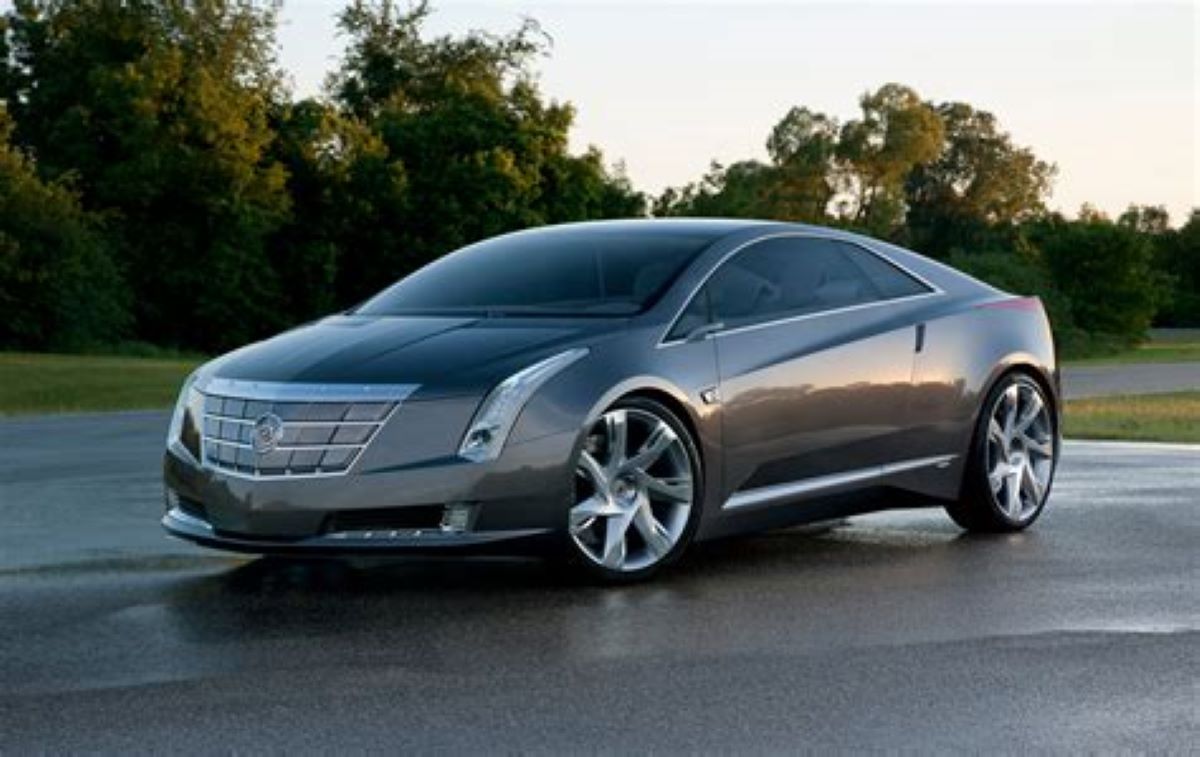
However, the ELR is noticeably quicker, as Cadillac managed to extract more performance from the car’s electric-drive motor. Inside, the ELR distinguishes itself with a far more refined interior than its Chevrolet counterpart, along with a broader array of standard features.
The issues surface when you consider the 2014 Cadillac ELR’s price tag, which is more than twice that of the Volt. This premium makes the harsh drone of the ELR’s four-cylinder engine all the more grating once the all-electric range is depleted.
Cadillac attempted to minimize the engine’s roughness through the use of hydraulic mounts, sound-deadening materials, and a noise-cancelling audio system, but those efforts fall short—especially under hard acceleration.
5. Cadillac Allante (1987–1993)
This Italian-American convertible experiment combined Pininfarina styling with Cadillac engineering and not in a good way.
The Allante was riddled with electrical issues, roof problems, and engine quirks, especially before the 1993 model received the Northstar V8.
Even then, parts availability and a lack of service expertise made it a constant challenge. It’s now a collector curiosity, but owning one requires patience and a healthy repair budget.
The Cadillac Allante represents a fascinating chapter in the evolution of GM’s luxury division. Conceived as a halo car for the brand and positioned to compete with the Mercedes-Benz SL and Jaguar XJ-S, this two-seat roadster ultimately became a costly indulgence for General Motors.
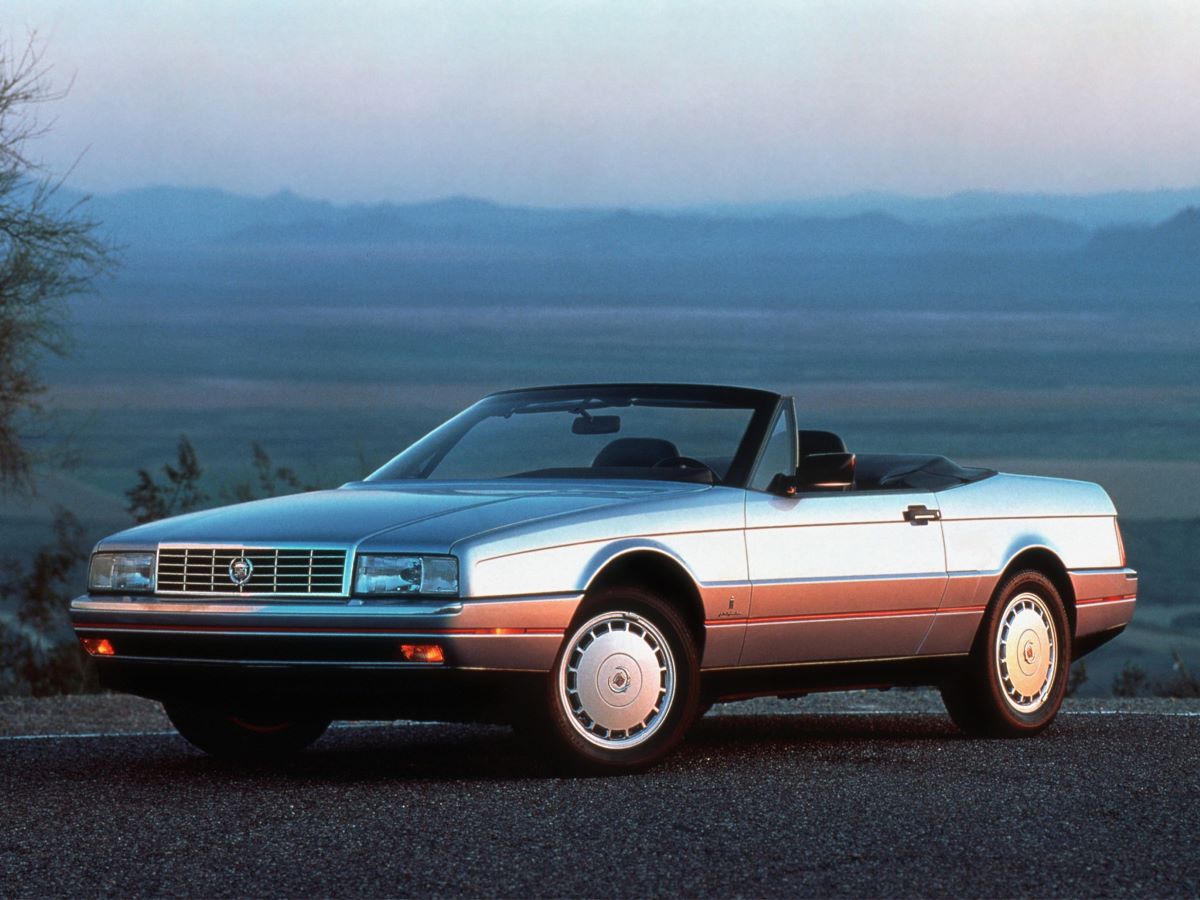
With a base price of $54,000, the Allante was nearly double the cost of any other Cadillac model at the time. Adjusted for inflation, that translates to an MSRP of approximately $120,000 in 2020—significantly more than the contemporary CT6-V, which starts just under $95,000. So what exactly made the Cadillac Allante so expensive?
A major factor was its unusually complex production process. The roadster was styled by the legendary design house Pininfarina, which also handled construction of the body panels in Italy. To pull this off, GM employed Boeing 747s to fly parts to Italy and then shipped the finished bodies back to Detroit using the same aircraft.
Cadillac has built vehicles that rival the best in comfort and design, but reliability has varied drastically from model to model.
If you’re shopping for a used Cadillac in the U.S., models like the CTS, XTS, and even the CT6 offer a solid mix of luxury and dependability.
On the other hand, legacy flops like the Catera, Allante, or early Escalades can quickly drain your wallet. As always, a pre-purchase inspection and service history review are essential when considering any used luxury vehicle.

